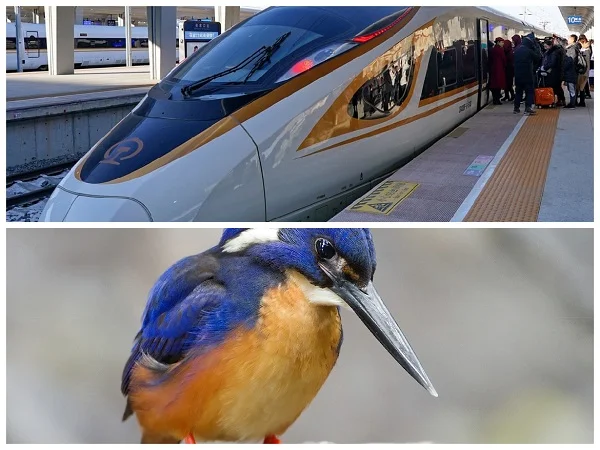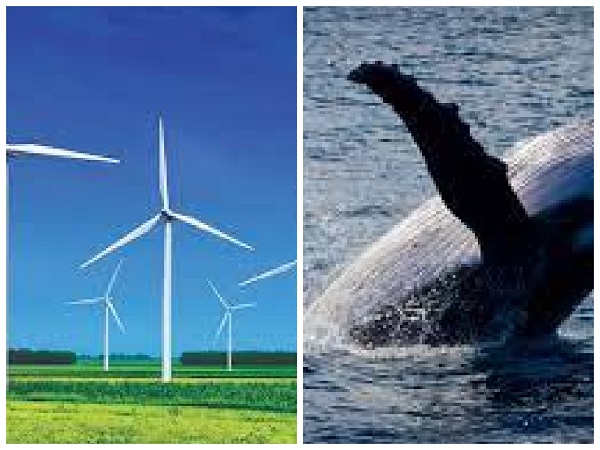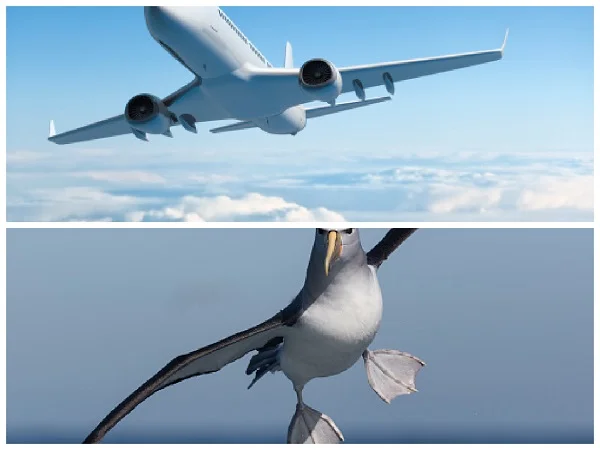8 inventions inspired by nature

Man sees himself as the crown of creation, as the one who has mastered nature and knows better which way to go. But some of the inventions were inspired by nature.
However, we have yet to truly appreciate evolution’s brilliance, its basic but practical answers. When humans go to nature for inspiration, they may come up with ideas that are both simple and beautiful, and they can outperform anything humanity has done before.
Japanese train bullets, created in the image of a Kingfisher bird’s beak

Trains in Japan are recognized for their rapid speeds, which may reach up to 30 kilometers per hour. They also feature an unusual cabin form, which is much longer than that of other high-speed trains.
The fact is that Eiji Nakatsu, an engineer, was inspired by the beaks of kingfisher birds. He and his colleagues discovered that kingfishers could readily manage with the abrupt transition from air to water, with little or no splashing, waves, or noise, because of the anatomy of their long beaks.
With this in mind, Eiji Nakatsu designed a train that essentially makes no noise while exiting a tiny tunnel at high speed unlike models with a shorter frontal portion. Furthermore, this design was able to boost the train’s speed while lowering its energy usage.
Glue based on gecko paws
No, this does not imply that scientists crushed the paws of adorable lizards and then turned them into a sticky material. They recently discovered that geckos can hang upside down on horizontal surfaces and that their paws can support a weight of 30 times the creature’s mass.
According to scientists, the microscopic bristles on the geckos’ legs are responsible for this “stickiness,” which enables them to adhere to even smooth surfaces and interact with them at the molecular level.
They developed the GeckSkin adhesive due to this finding, which enables even large things to be affixed to vertical and horizontal surfaces like TVs and cabinets. Furthermore, even on a flat surface like glass, a piece of material the size of a bank card may support 300 kg. Moreover, the object may be readily removed from the surface without leaving any marks.
An artificial eye based on the eye of fruit flies
Scientists working on the production of biomimetic compound eyes with an undistorted panoramic field of vision based on the visual organs of flies have been working on it for many years as part of the European research initiative CURVACE.
Their prototype of an artificial eye with a hemispherical field of view, built-in and programmable signal processing, high resolution, and lighting adaptation may one day solve the problem of disability caused by congenital or acquired blindness, as well as aid in the development of more advanced optical systems.
Wind turbine based on humpback wh ale fins

In Canada, engineers from the WhalePower Corporation have developed blades for wind farms that can produce up to 20% more electricity than traditional blades. They based their idea on a Harvard University research that demonstrated the benefit of the structure of humpback whale fins, or rather, the imperfections on them, which contribute to enhanced movement efficiency.
As a result, the turbines spin up as effectively at 15 kilometers per hour as they did at 25 kilometers per hour in prior models of wind farms. The bumps efficiently guide airflow through the blades, resulting in whirling vortices that boost lift.
Antireflective materials based on butterfly wings
The Greta Oto butterfly, sometimes known as the glass butterfly, is a Central American butterfly with translucent wings that allow 98 percent of the light. As a result, the butterfly’s wings do not reflect light, allowing it to stay undetected to predators. Nanopillars standing on the surface of the wing give this anti-glare feature, according to scientists.
Scientists were able to build glasses for technology based on the structure of the butterfly’s wings in the future. They will be able to deliver the greatest quality image without reflections based on the structure of the butterfly’s wings. Butterfly wings also resist moisture and are self-cleaning owing to their low roughness coefficient.
Nanopass 33 needles based on mosquito proboscis

Mosquitoes squeak disgustingly behind the ear and sting uncomfortably, causing the skin at the bite site to itch for days. On the other hand, Mosquitoes provided us with a valuable innovation in the form of the Nanopass33 needle, which Japanese scientists invented.
The scientists aimed to achieve the maximal painlessness of the injection by designing this needle after the structure of a mosquito proboscis, and they succeeded. The injection with such a syringe is practically invisible and looks like a mosquito bite, thanks to a reduction in needle diameter to 0.2 millimeters, which is 20% thinner than usual. This is useful for people with high skin sensitivity who are forced to inject regularly, such as diabetics.
Airplane wings inspired by birds

People have attempted to develop birdlike wings to glide through the skies since the dawn of humanity. They made the error of attempting to connect wings to their backs, failing flying experiments. Many engineers, notably the Wright brothers, were inspired by the wings and flying method of pigeons and developed the world’s first heavier-than-air vehicles that could soar into the sky and remain there for a long period toward the end of the 19th century.
Little has changed in our time; instead, engineers are now inspired by constructing the wings of more robust and quicker birds, such as albatrosses, which can stay in the air for lengthy periods with little effort.
Microclimate system based on a termite mound
The researchers noticed that the structure of termite mounds is such that they maintain a comfortable temperature at all levels. Their structure is so well thought out that the temperature is uniform throughout the area, both in summer and winter.
Studying the design of termite mounds, it is proposed to use it to improve the microclimate in apartment buildings, office and industrial buildings, which will not only improve the quality of life, but also reduce pollution due to more efficient heating and cooling of premises, and therefore, reducing energy costs.




